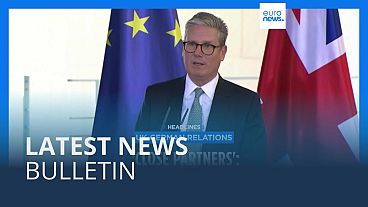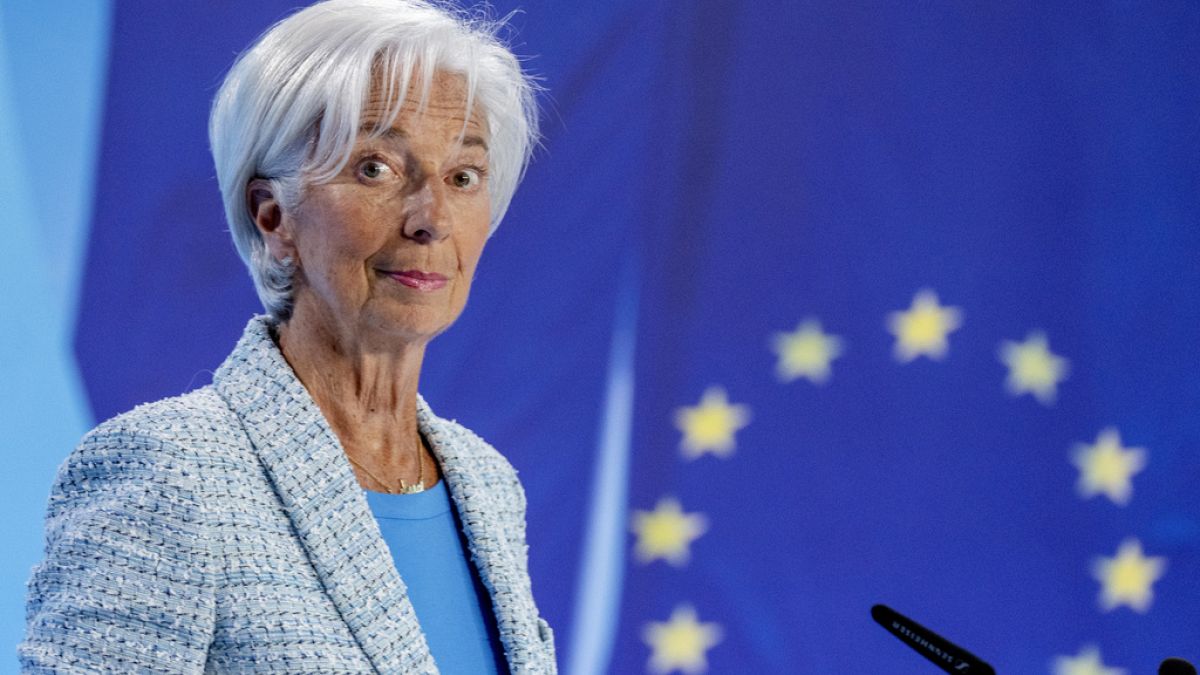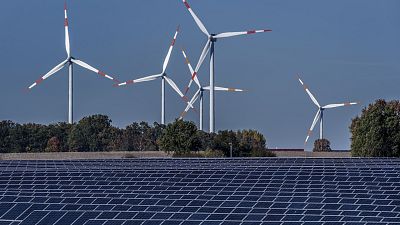Following June’s rate cut, the ECB is expected to maintain rates steady at its July meeting, awaiting September economic projections. Divisions widen between hawk and dove members, while analysts anticipate two more cuts by year-end.
Following the June rate cut, the European Central Bank (ECB) is anticipated to maintain interest rates and guidance unchanged at the 18 July meeting, as widely expected by market participants.
Several factors support the ECB's decision to hold rates steady in July. Policymakers emphasise that the June cut does not signal a linear reduction in interest rates. Additionally, there have been no significant data developments since June, and members broadly prefer to wait for September's new quarterly macroeconomic projections.
The latest inflation report showed a slight decline in the headline annual inflation rate, from 2.6% in May to 2.5% in June. However, core inflation, which excludes energy and food, remained steady at 2.9%. Services inflation also held high at 4.1% year-over-year, indicating no signs of easing thus far in 2024.
Market participants see another move in September as almost certain, with interest rate futures showing an implied 80% chance of this event.
Divergent views among ECB members
The eurozone is "very advanced" on the disinflationary path, ECB President Christine Lagarde said at the ECB’s annual Forum on Central Banking in Sintra earlier this month.
“We are in that slow recovery that came about in the first quarter and which we hope will persevere but all of that is fraught with uncertainty and big question marks about the future,” she added.
Recent ECB communications have revealed a split among Governing Council members. Some, like Central Bank of Ireland Governor Makhlouf and National Bank of Slovakia Governor Kažimír, favour one cut. Others, such as Bank of Greece Governor Stournaras, Bank of Portugal Governor Simkus, and Bank of Finland Governor Rehn, advocate for two cuts.
Bank of Portugal Governor Mario Centeno, one of the most dovish ECB members, asserted that it’s possible to cut rates at every meeting.
Hawkish members have cautioned against easing policy rates too quickly, arguing the need to balance upside inflation risks.
Within the hard hawks, Austria Central Bank Governor Holzmann stated this month: “My feeling is that moving too early creates greater risks than moving too late," adding that he believes there is an underestimation of how persistent inflation can be.
Central Bank of Latvia's Martins Kazaks emphasised the importance of a data-dependent approach and suggested that there is no rush to cut interest rates.
Analysts expect two further rate cuts by year end
There is a general consensus among analysts that the ECB will opt to cut interest rates twice more this year, in September and December.
“We do not think that this Thursday’s press conference will provide more clarity on the ECB’s outlook,” Carsten Brzeski, Global Head of Macro at ING Group, said. He added that the main goal will be to have a gentle start to the holiday season and to avoid sending markets on a rocky summer road.
A first Fed cut in September before the ECB’s meeting, as well as a weakening growth outlook, could still cement the September cut over the coming weeks, according to ING.
BNP Paribas expects the press statement to indicate significant progress in tackling inflation but to acknowledge that domestic price pressures remain firm. They forecast a 25 basis points cut in both September and December, with the deposit rate reaching 2.50% in 2025.
UniCredit argues that the ECB is unlikely to proceed with back-to-back policy rate cuts due to sticky service price inflation, firm wage growth, and a resilient labour market. They believe that policy rates will remain restrictive until they reach around 3%.
According to the Italian bank, the ECB is expected to deliver two more cuts in 2024, followed by quarterly 25 basis points cuts in 2025.
“President Lagarde’s remarks should leave the door open to a rate cut in September, albeit with softer signalling than that which preceded the June cut.” Bill Diviney, senior economist eurozone at ABN Amro, said. They anticipate that the ECB will cut rates in September, as long as wage and inflation data do not reveal any significant upside surprises.















